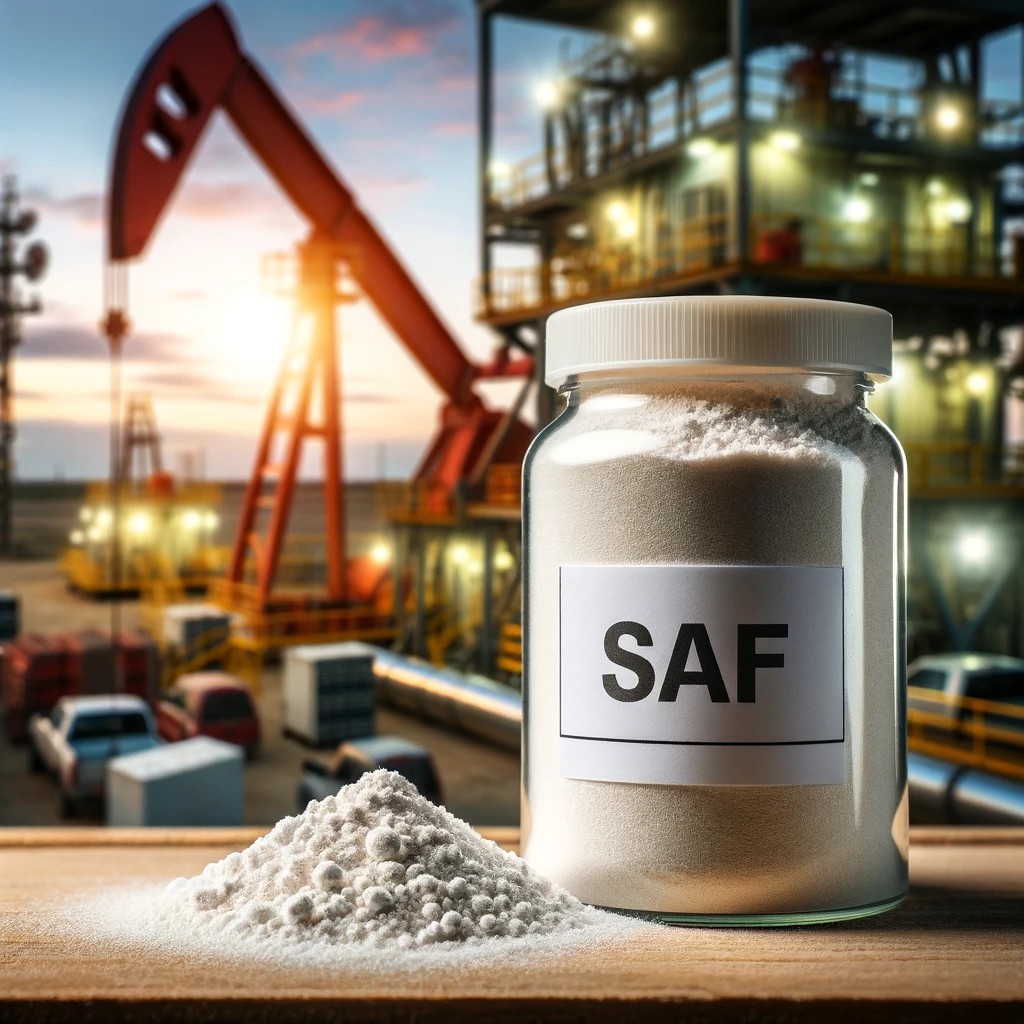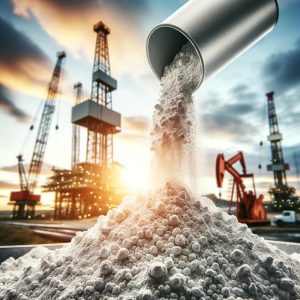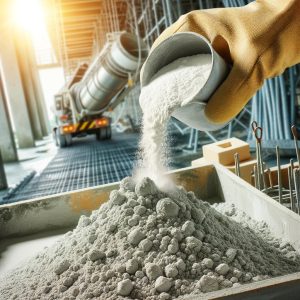Exploring the Role of Sulfonated Acetone Formaldehyde (SAF) in Oil & Gas Downhole Applications
In the ever-evolving landscape of the oil and gas industry, the quest for materials that can withstand extreme conditions while ensuring optimal performance is constant. One such innovative material making significant strides in this sector is Sulfonated Acetone Formaldehyde (SAF). Also known as Acetone Formaldehyde Sulfonate (AFS), SAF is a water-soluble polymer derived from acetone and formaldehyde, modified by sulfonation. This chemical modification enhances its dispersing properties, making SAF an ideal additive for various industrial applications, particularly in the construction industry. However, its benefits extend far beyond construction, playing a crucial role in oil and gas downhole applications.

What is SAF?
Sulfonated Acetone Formaldehyde (SAF) is a remarkable polymer known for its superior dispersing properties. Derived from the reaction of acetone and formaldehyde, followed by sulfonation, SAF becomes highly effective in improving the workability, strength, and durability of cementitious materials. Its unique properties make it an essential additive in industrial applications requiring enhanced material performance.
 SAF in Oil & Gas Downhole Applications
SAF in Oil & Gas Downhole Applications
The oil and gas industry operates in some of the most challenging environments, where materials are subjected to extreme temperatures, high pressures, and saline conditions. In such demanding settings, SAF proves to be an invaluable asset due to its robustness and versatility. Here’s how SAF excels in downhole applications:
- Withstanding Geothermal Conditions
One of the critical challenges in oil and gas exploration is the extreme heat encountered in downhole environments. SAF is engineered to withstand geothermal conditions, maintaining its structural integrity and performance even at elevated temperatures. This thermal stability ensures that SAF remains effective as a dispersing agent, aiding in cement’s efficient placement and setting in downhole operations. - Resisting High Pressure
Downhole environments are characterized by intense pressures that can compromise the performance of many materials. SAF’s robust chemical structure allows it to perform reliably under high-pressure conditions, ensuring the stability and durability of cement slurries. This pressure resistance is crucial for maintaining wellbore integrity and preventing failures that could lead to costly downtime and repairs. - Performing in Saline Conditions
Saline conditions, often encountered in offshore and subsea drilling, pose a significant challenge for many chemical additives. SAF’s sulfonated modification enhances its dispersing properties, making it highly effective in saline environments. This capability ensures that SAF can maintain the workability and cohesiveness of cement slurries, even in the presence of high salinity, contributing to the overall success of cementing operations.
Enhancing Cement Dispersion
The primary function of SAF in downhole applications is its role as a dispersant in cement slurries. When added to cement, SAF helps to distribute cement particles evenly, reducing clumping and improving the overall consistency of the mixture. This enhanced dispersion leads to several key benefits:
- Improved Workability: SAF increases the fluidity of cement mixtures without the need for additional water. This improved workability facilitates the easy pumping and placement of cement in complex downhole environments, ensuring a more effective seal.
- Higher Strength and Durability: By promoting a uniform distribution of cement particles, SAF enhances the hydration process, resulting in a denser and more cohesive cement matrix. This increased density translates to higher compressive and tensile strength, improving the long-term durability of the cement.
- Reduced Water Demand: SAF allows for a significant reduction in the water-cement ratio, leading to a stronger and more durable cement slurry. Lower water content minimizes the risk of segregation and bleeding, resulting in a more homogeneous mixture that is less prone to defects.
 Conclusion
Conclusion
Sulfonated Acetone Formaldehyde (SAF) has emerged as a game-changer in oil and gas downhole applications, offering unparalleled benefits in extreme geothermal, high-pressure, and saline conditions. Its ability to enhance cement dispersion, improve workability, and increase the strength and durability of cementitious materials makes it an invaluable additive in this demanding industry. As the oil and gas sector continues to push the boundaries of exploration and production, SAF will undoubtedly play a critical role in ensuring the integrity and success of downhole operations.